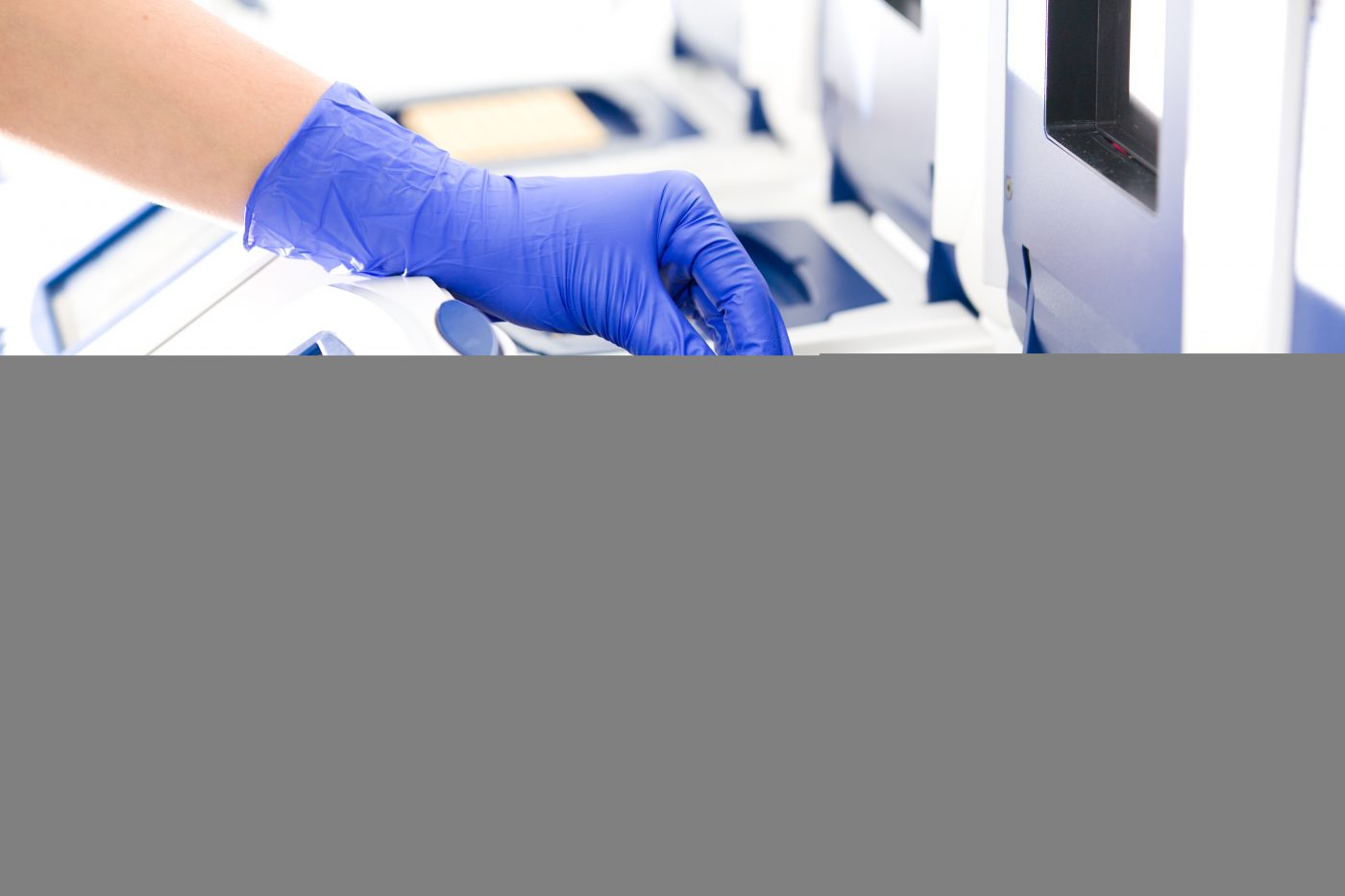Although a previous study showed no difference between vascular endothelial growth factor (VEGF) levels in normal women and VEGF levels in women with endometriosis, according to a recent study, the technique used to determine a difference may have been flawed. Umberto Leone Roberti Maggiore, MD, and Simone Ferrero, PhD, of San Martino Hospital and National Institute for Cancer Research in Italy refuted this issue in their article, “Methodological Concerns Regarding Levels of Vascular Endothelial Growth Factor (VEGF) in Serum of Women with Endometriosis,” published in the journal International Journal of Fertility & Sterility.
Originally, Maryam Kianpour, M.Sc. and colleagues found that “endometriosis is not associated with change in the level of circulating VEGF,” and reported their findings in “Serum and Peritoneal Fluid Levels of Vascular Endothelial Growth Factor in Women with Endometriosis,” which was also published in the journal International Journal of Fertility & Sterility. In this study, the team measured VEGF levels in the serum and in the peritoneal fluid of 90 patients with pelvic pain and endometriosis and 89 patients with pelvic pain but without endometriosis. They determined that although serum VEGF is significantly lower than peritoneal VEGF, serum levels were lower in both groups.
Dr. Maggiore and Dr. Ferrero argue that circulating VEGF was not determined correctly. “It is well known that VEGF is stored in the alpha granules of circulating resting platelets and released during clotting,” they stated. The study by Kianpour used serum, which is devoid of clotting factors. Therefore, by not including the VEGF stored in alpha granules in platelets, Kianpour’s team may have underestimated the difference in VEGF between the two groups of patients. A more reliable indication of VEGF would be taken from plasma.
To this end, Dr. Maggiore and Dr. Ferrero recommend, “when serum is used for the measurement of VEGF, the methodology of collection and processing of samples should be standardized and declared.” For example, when blood products are put in a centrifuge to separate the cellular components, scientists need to indicate the speed, time, and force used in the centrifuge. These three factors can greatly impact the levels of VEGF in the fluid layer. Additionally, the time between sample collection and analysis can make an impact. Therefore, in order to correctly determine an alteration in VEGF levels in endometriosis patients to evaluate another interesting treatment target, great care must be used in measurements.

